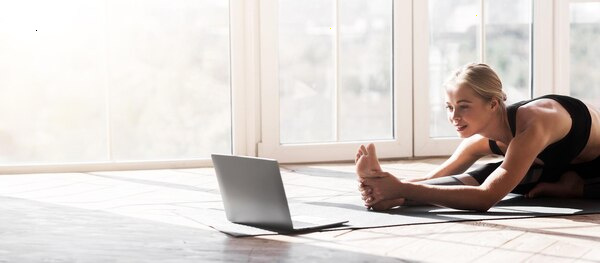Exploring Yoga Techniques at Home

Practicing yoga at home has become an increasingly popular way to maintain physical and mental well-being, offering flexibility and convenience that fits into any lifestyle. While yoga classes in studios provide the benefit of guidance from experienced instructors, practicing at home allows you to explore your own pace, deepen your understanding of the discipline, and create a personal and intimate yoga experience.
Creating a Dedicated Space
The first step in setting up a home yoga practice is to create a dedicated space where you can practice without interruptions. Whether you have a full home gym or just a corner of a room, make sure your space is quiet, comfortable, and welcoming. Keep your yoga mat, blocks, straps, and other props easily accessible.
Lighting and ambiance can greatly enhance your practice. Consider soft lighting, candles, or even a diffuser filled with essential oils to create a calming environment. Music or nature sounds can also contribute to your focus and relaxation.
Establishing a Routine
Commitment is key to reaping the benefits of yoga. Set aside a specific time every day for your practice, whether it is in the morning to energize your day or in the evening to unwind. Even a short 15-20 minute session can be incredibly effective when done consistently.
Variety in your routine can also keep your practice interesting and challenging. Focus on different aspects of yoga such as strength building, flexibility, balance, or meditation on different days. Online resources such as video classes or yoga apps can offer guidance and inspiration, allowing you to follow structured classes or explore new poses.
Exploring Different Styles
Yoga encompasses numerous styles, each offering unique benefits. Experimenting with different types can help you determine what resonates best with your body and goals.
-
Vinyasa Yoga : This style emphasizes fluid movement and breath synchronization, making it great for cardiovascular health.
-
Hatha Yoga : Focuses on slower, more static postures, ideal for beginners who want to build a solid foundation.
-
Yin Yoga : Comprises long-held passive poses, which are excellent for joint health and overall relaxation.
-
Ashtanga Yoga : A dynamic and rigorous style based on a fixed sequence of postures, suitable for those looking for a structured practice.
Listening to Your Body
At home, it's crucial to listen to your body and respect its limits. Unlike a class where an instructor can adjust your pose, in a home setting, self-awareness is essential to prevent injury. Move slowly into poses, and if something feels uncomfortable, modify or opt for a different posture.
Props like blocks and straps can be incredibly helpful for achieving correct alignment, especially as you explore new poses. Don’t hesitate to use them to deepen your practice safely.
Incorporating Meditation and Breathing
Yoga is not just about physical postures; meditation and pranayama (breath control) are integral parts of a comprehensive practice. Set aside a few minutes before or after your asanas to focus on your breath and meditate. This practice can enhance mindfulness, reduce stress, and improve your overall mental clarity and well-being.
Conclusion
Yoga at home offers a unique opportunity to create a personalized practice that enhances both physical fitness and mental peace. By dedicating space and time, exploring different styles, and mindfully listening to your body's needs, you can forge a fulfilling and lifelong yoga journey. With thousands of resources available online, there has never been a better time to start embracing yoga within the comfort of your own home.